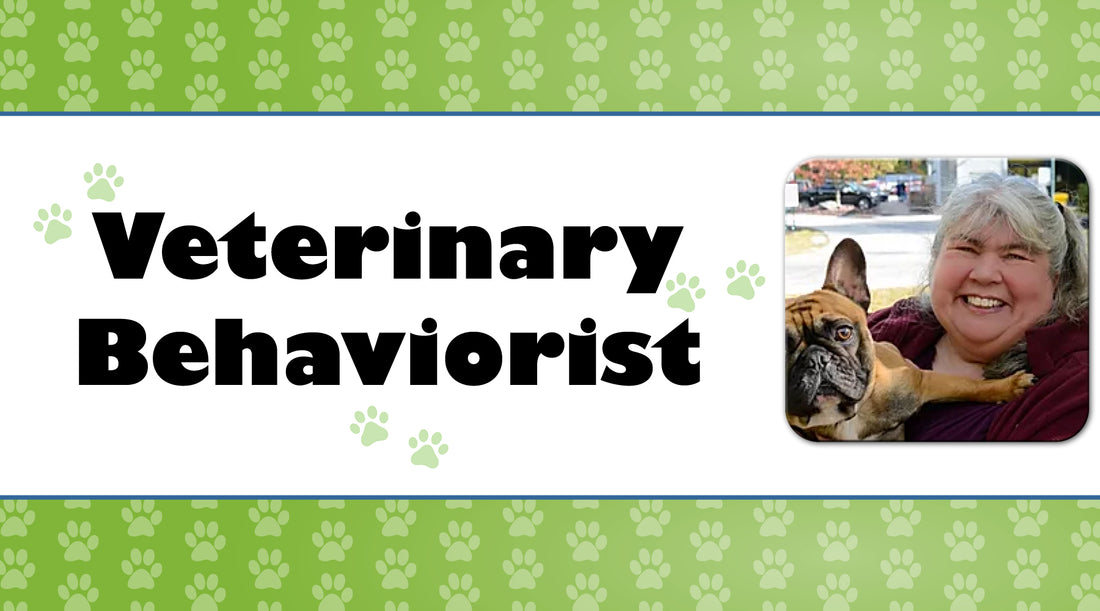By Christine D. Calder, DVM, DACVB
Calder Veterinary Behavior Services, www.caldervbs.com
Generalized anxiety is a common behavior in dogs. It is diagnosed when dogs show signs of anxiety in three or more situations such as car rides, vet visits, meeting new people, encountering other dogs, or even when they are on a leash. It is important to understand the difference between anxiety, fears, and phobias because they look similar but are caused by different emotions, need different treatments, and can have different outcomes.
The Difference Between Anxiety, Fear, and Phobias
Anxiety, fears, and phobias may display similar clinical signs, but these emotional states are distinct in their causes, treatments, and prognoses. Therefore, differentiating between them is often beneficial. Fear is a normal response that helps dogs avoid danger, and it should lessen over time. Anxiety occurs when a dog constantly feels like something bad will happen. A phobia, on the other hand, is an extreme fear reaction to specific situations or objects.
Causes and Development of Anxiety
A dog's behavior is influenced by many factors, including its genes and its environment from before it is born and as it grows up. All of these factors, including puppy socialization, help shape how well a dog can handle stress later in life. For some dogs, a traumatic event can also trigger anxiety. Dogs with generalized anxiety often have other medical issues or behavior problems that make their anxiety worse.
Medical Conditions Linked to Anxiety
Some health issues can also increase a dog's anxiety. Conditions that cause pain, skin problems such as allergies, hormone imbalances such as Cushing's disease, Addison's disease, and hypothyroidism, as well as gastrointestinal issues like food allergies, parasites, and gastric reflux, are linked to higher levels of anxiety. Noise phobia, which is a severe fear of loud sounds such as gunshots, thunder, and fireworks, or household noises, often accompanies generalized anxiety in dogs.
Treatment Approaches
Treating generalized anxiety in dogs usually involves three main steps:
1. Medications: These can help reduce anxiety and make it easier for them to learn new behaviors and emotional responses.
2. Environmental Management: This involves making changes to the dog's surroundings to avoid things that trigger anxiety. This could involve creating a safe space at home.
3. Behavior Modification: This includes teaching the dog new ways to react to things and changing how it feels about things and environments that currently make it anxious.
Here is what a typical treatment plan might look like:
1. Create a Safe Space: Identify and create a quiet and secure area at home where your dog can relax. Use calming music, low lighting, and pheromones, which are special scents similar to those a mother dog emits when nursing her puppies. Encourage your dog to spend time there every day, and make sure it is a fun place with special toys and treats it enjoys. Keep this space exclusively for your dog, away from busy areas where visitors and children might disturb it.
2. Focus on Positive Reinforcement: Avoid punishing your dog when it acts out due to anxiety. This could worsen its anxiety and create fears and phobias. Instead, look for times when your dog is relaxed and displaying behaviors you would like to see more often, and give it rewards. This helps it learn that good things happen when it is calm and relaxed and builds new default or freely offered behaviors.
3. Teach Relaxation Techniques: Help your dog learn to relax by using tools like a portable mat. This mat can serve as a safe space in environments where it may otherwise feel uncomfortable. The same rules that apply to its safe space at home also apply here. This mat can also be used as part of the behavior modification process.
4. Behavior Modification: Gradually help your dog build new coping skills and become more comfortable with the things and environments of which it is afraid in a way that feels safe to it. This will help change associations and provide an opportunity to reinforce more of those desirable behaviors.
5. Medications: Daily or situational medications may be prescribed by your veterinarian or a board-certified veterinary behaviorist. Daily medications are given every day and are usually prescribed when specific triggers cannot be identified or managed. Situational medications are used for specific situations that can be identified but not managed effectively.
By using these strategies, you can help your dog feel less anxious and improve its quality of life, enabling it to enjoy more activities in a way that makes it feel safe and secure.

